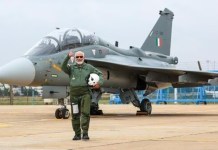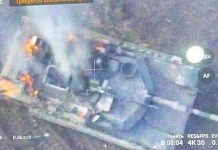Amid intense pleas from Ukraine for Western fighter jets, Australia is mulling transferring its mothballed F/A-18 Hornets to the Ukrainian Air Force instead of sending them to the boneyard.
Pioneered By US, Mastered By China! Chinese Scientists Claim Overtaking The US In Mastering World’s Most Powerful Explosive
Australian Financial Review reported that instead of disposing of 41 Royal Australian Air Force F/A-18 Hornets as originally planned, Australia, the US, and Ukraine are talking about sending them to Kyiv.
According to sources who spoke to the publication, the US is open to the notion of delivering the F/A-18s to Ukraine.
The report comes days after US President Joe Biden gave the green light to Western partners to supply Kyiv with fourth-generation aircraft like the Hornet and F-16 after initial reluctance to President Zelensky’s request for used American fighters.
The US approval is required for sending the Hornets to Ukraine since it owns the intellectual property of the jets that the RAAF is retiring.
On its part, Australia had earlier decided to phase out the F/A-18 Hornets in favor of fifth-generation F-35 stealth fighter jets, of which it has ordered 72. The retired F/A-18s are sitting in a hangar at the Williamtown RAAF base north of Newcastle.
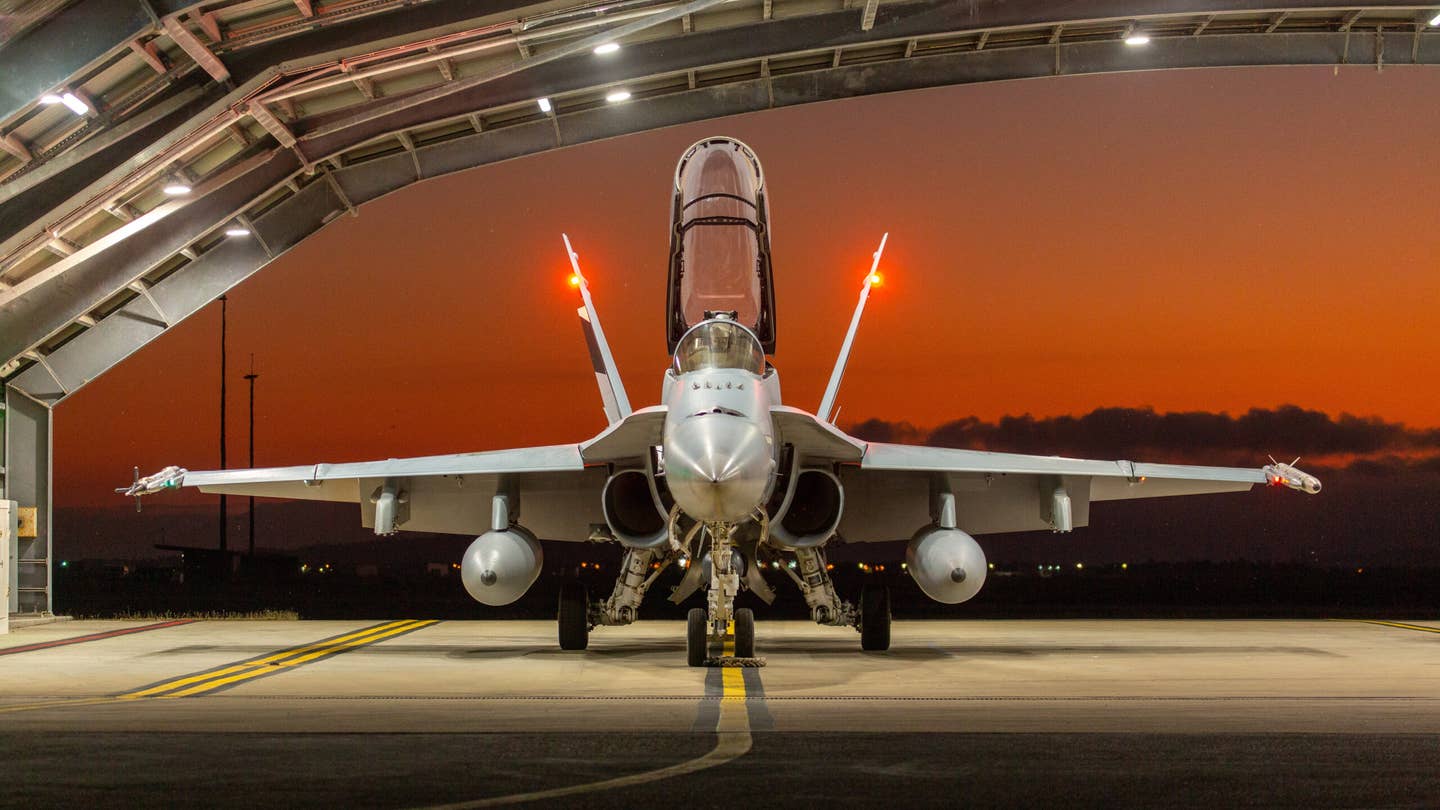
According to reports, these jets will either be destroyed or sold to RAVN Aerospace, a commercial aviation business, to be used as “aggressors” for military aviators to train against in the US if they are not transferred to Ukraine.
The Australian Defense Department has yet to make an official statement.
According to Robert Potter, an Australian security expert who advises the Ukrainian government, a precise agreement hasn’t yet been agreed, but conversations are in progress. “However, the United States and Ukraine have an active and specific interest in acquiring fourth-generation fighters for the Ukrainian Air Force,” he said.
“Australia operates a large stockpile of retired planes otherwise scheduled for destruction. Multiple formal approvals are required to conclude a procurement of these planes, but it is likely an idea whose time has come.”
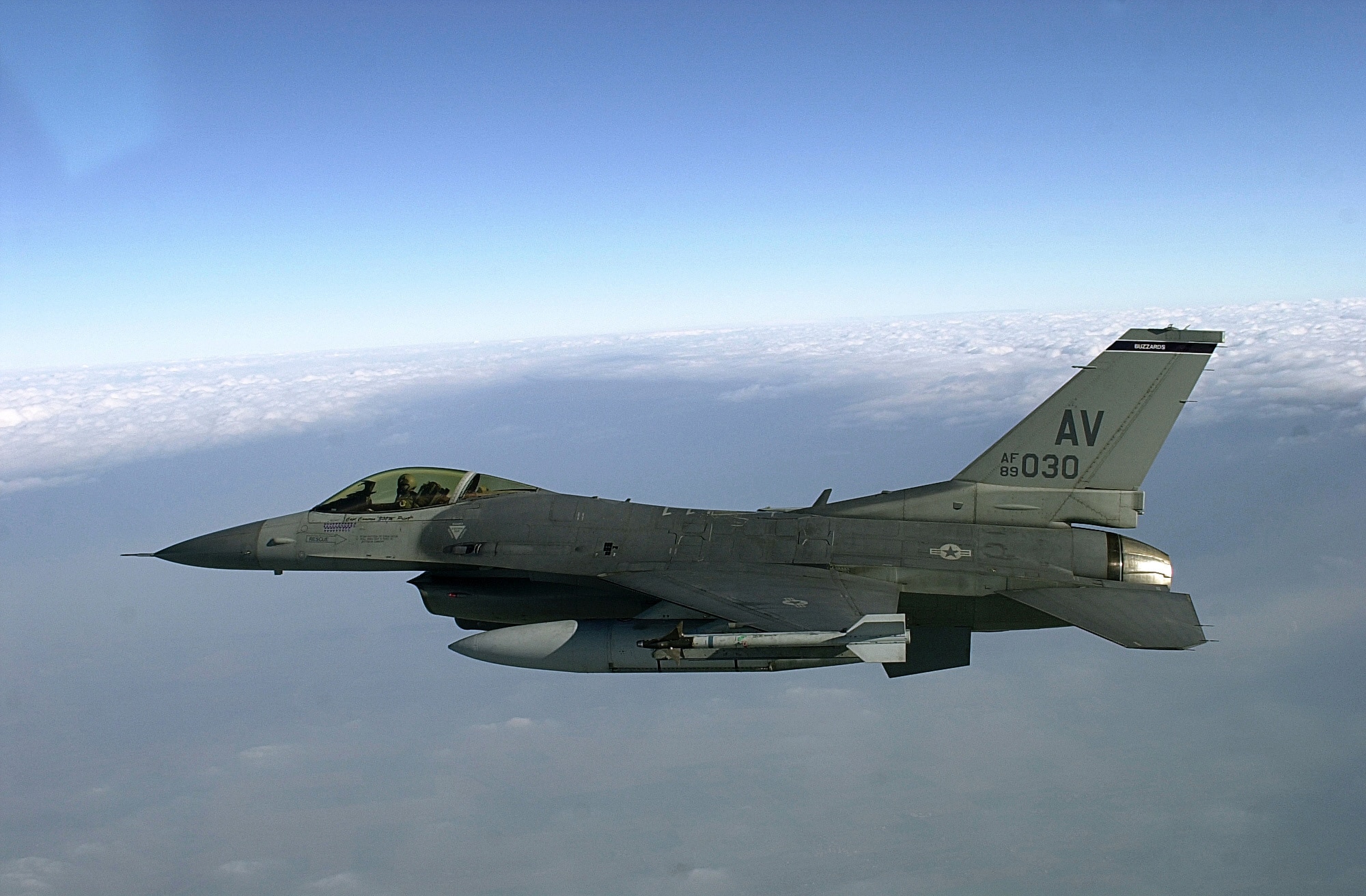
The deliberations come when NATO allies are working out plans to train Ukrainian fighter pilots to fly fourth-generation fighter jets, followed by a transfer of F-16s to Ukraine. Although the US has not announced a direct transfer from its inventory, President Joe Biden has said the US will support F-16 training as part of the international coalition.
Besides the F-16s, the F/A-18 Hornets have remained under active consideration. In March this year, Finland also signaled that it was open to discussing the delivery of F/A-18 Hornets to Ukraine. However, it backtracked and ruled out such a possibility last month, at least until 2026, when it is slated to receive its F-35 fighter jets.
A Case For Sending RAAF Hornets To Ukraine
Having dozens of updated F/A-18s in good condition merely sitting in storage seems like a spectacularly squandered opportunity, especially given what is occurring in Ukraine and the country’s dire need for Western fourth-generation fighter capabilities.
The F/A-18 Hornets in Australian inventory no longer fly and aren’t used for training. Instead, they sit on the ground accumulating dust as they get older. However, these fighters are operationally ready since they were in the air two to three years ago.
Most importantly, the Australian F/A-18-A/B Hornets have been updated to an A++ standard, giving them many more recent F/A-18C aircraft features, such as the enhanced AN/APG-73 radar. The aircraft can carry many lethal missiles, including the AIM-120 AMRAAM, Paveway II, JDAM-ER, AGM-158 JASSM, and Harpoons.
Additionally, during deployment, these Hornets have never battered on an aircraft carrier or been exposed to continuous salt water. Therefore, the RAAF has over 40 suitable and well-treated combatants, which would significantly bolster the Ukrainian Air Force’s combat capability against Russia.
According to some unknown sources that spoke to Australian Financial Review, it was absurd to destroy perfectly good aircraft that, in their estimation, could be ready to fly in four months and contribute to the fight against the Russian invasion.
The source added that a few aircraft could only be useful for cannibalizing parts, but the vast majority could be restored to flying condition with little effort and still have a few years left in their airframes.
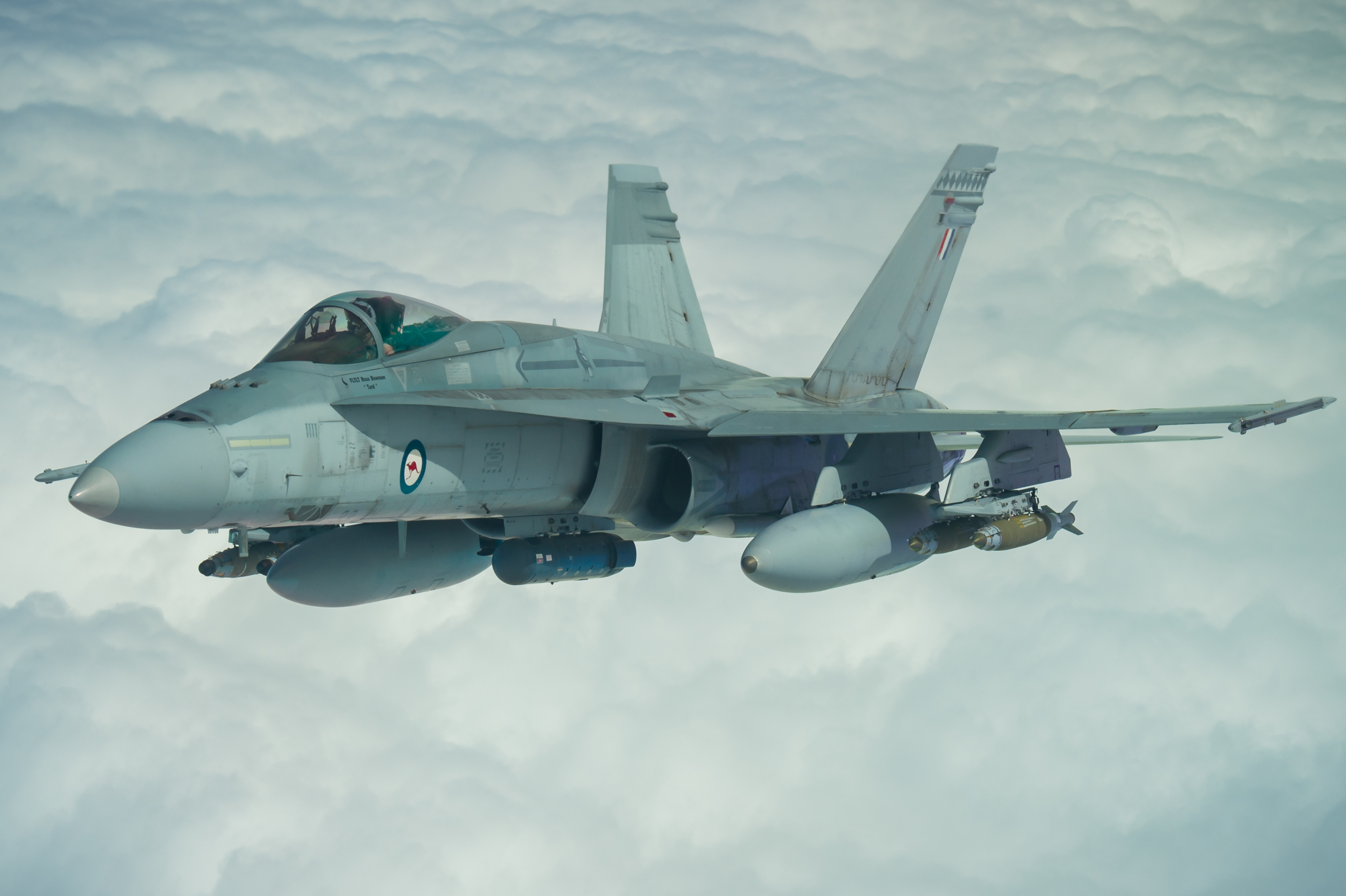
Moreover, experts had earlier noted that the F/A-18 might be a more capable and effective choice for Ukraine than the F-16. It is more related to the MiG-29 and Su-27 fleets in Ukraine because it is a twin-engine design that excels at slow-speed handling. It has an extremely durable carrier-capable landing gear that is also better suited for Ukraine’s airfield infrastructure from the Soviet era and its capacity for scattered and austere operations.
Like the F-16, it can readily be modified to handle additional capabilities if necessary and can carry just about anything that Ukraine would have access to today and in the future.
If Australia were to supply the first batch of fighter jets, it would give the Americans (and other countries) the cover they need to contribute hundreds of its F/A-18s.
- Contact the author at sakshi.tiwari9555 (at) gmail.com
- Follow EurAsian Times on Google News


